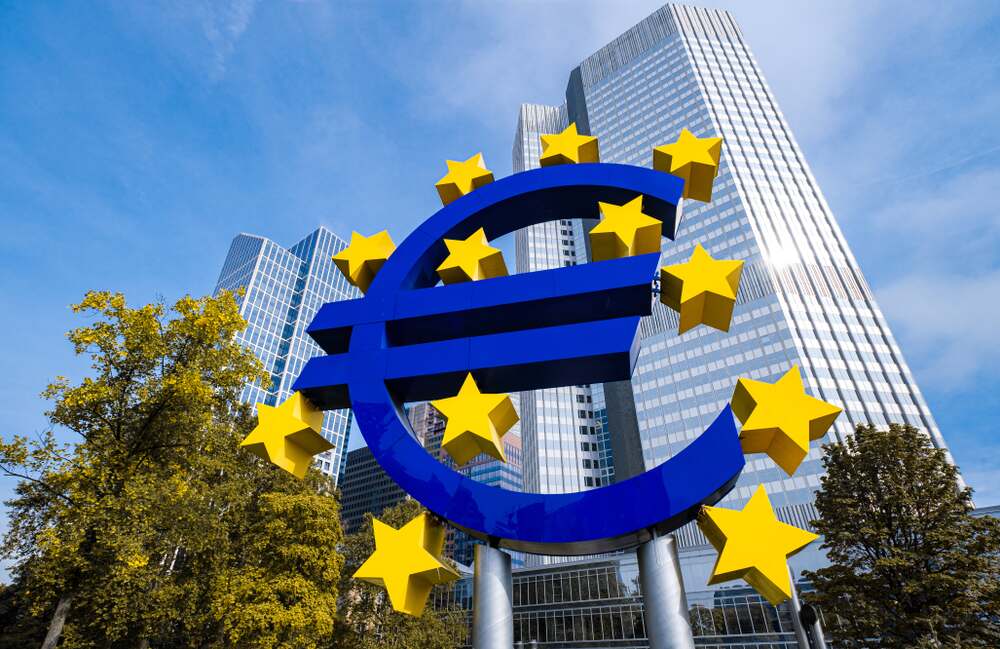Eurozone inflation eased in March largely due to a slowdown in the services costs growth, strengthening calls for additional interest rate cuts from the European Central Bank.
The harmonized index of consumer prices rose 2.2 percent year-on-year in March, which was slightly slower than the 2.3 percent rise observed in February, according to recent data from Eurostat. This rate matched expectations.
Core inflation trends
Core inflation, which excludes prices of food, alcohol, and tobacco, decreased to 2.4 percent from 2.6 percent in the preceding month. Inflation was anticipated to slow marginally to 2.5 percent.
Data indicated that growth in food prices increased to 2.9 percent from 2.7 percent. In contrast, prices of energy fell by 0.7 percent, reversing February’s 0.2 percent gain.
Services costs rose at a slower pace of 3.4 percent after a 3.7 percent increase. Concurrently, growth in non-energy industrial goods prices remained steady at 0.6 percent.
On a monthly basis, the HICP recorded an increase of 0.6 percent in March. Final data is due on April 16.
Read more: Eurozone business activity rises to 50.4 in March, highest level in seven months
ECB interest rate outlook
The recent data bolster the view that the ECB will implement a 25 basis point interest rate cut later this month, as noted by Capital Economics economist Jack Allen-Reynolds.
In March, the ECB reduced interest rates for the fifth consecutive policy session, lowering the deposit rate by 25 basis points to 2.5 percent, marking its lowest level since February 2023. The bank had indicated a pause in the easing cycle as policy was considered less restrictive.
Germany’s harmonized inflation eased to 2.3 percent in March from 2.6 percent in February, while French inflation remained steady at 0.9 percent. Spain’s inflation dropped to a five-month low of 2.2 percent in March.
Conversely, Italy’s inflation accelerated to 2.1 percent from 1.7 percent.
Unemployment statistics
Separate official data revealed that the eurozone unemployment rate fell to 6.1 percent from 6.2 percent in January. In the same period last year, the rate was 6.5 percent.
Unemployment decreased by 70,000 from the previous month, with the total number of unemployed individuals reaching 10.580 million.
The youth unemployment rate increased to 14.2 percent in February from 14.1 percent in the prior month.




